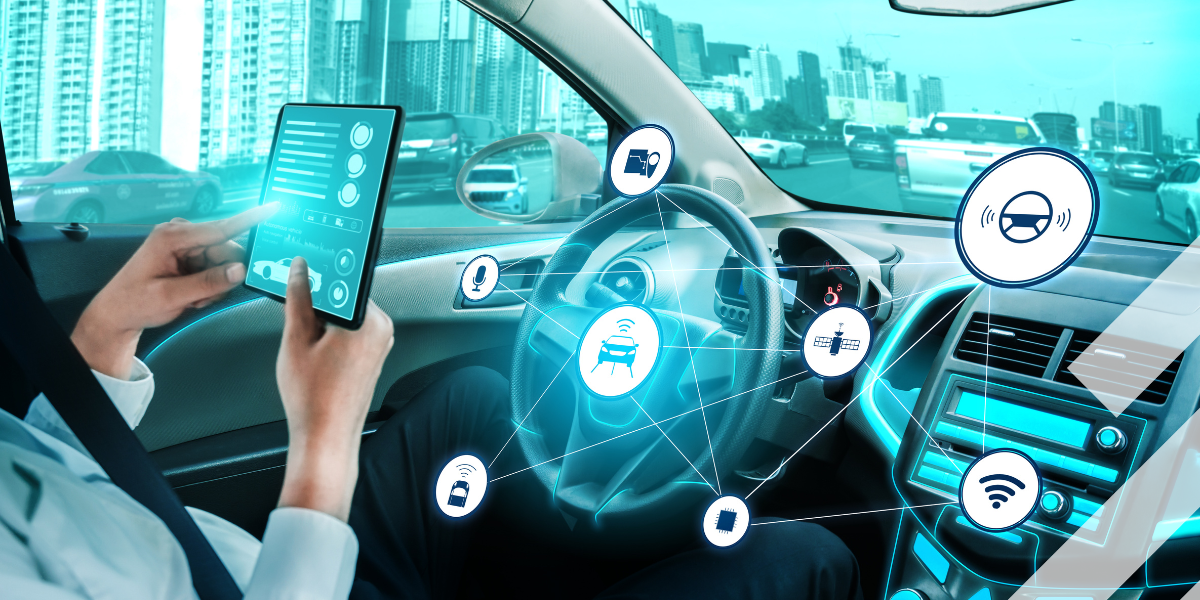Congestion pricing in South America

Text1
As Intertraffic turns its attention to South America for its show in Mexico City this November, Django Mathijsen takes a look at Bogotá’s innovations in congestion pricing, and how a new smartphone app could soon help Colombia’s capital implement pay-per-mile road user charging. An extended version of this article will be published in the forthcoming Intertraffic World 2023 magazine.
Although Bogotá has been fighting congestion for decades, restricting private vehicles and investing in bike lanes and public transport, it still is one of the most congested cities on the planet. But traffic managers are working hard with scientists and engineers on an innovative tool to curb the looming gridlock: flexible congestion pricing which doesn’t require large investments.
Bogotá has an extensive public transport system with high-capacity buses on segregated lanes along highways, and smaller buses sharing regular streets with other transport modes. Every four years, mobility is assessed: in 2019, walking was still the most popular mode of travelling, public transport was used in around 30% of trips, cars 14% and motorcycles 7%.
Loading component...
Loading component...
Loading component...
Loading component...
Loading component...
Loading component...
Share your story
Do you have an innovation, research results or an other interesting topic you would like to share with the professionals in the infrastructure, traffic management, safety, smart mobility and parking industry? The Intertraffic website and social media channels are a great platform to showcase your stories!
Please contact our Sr Brand Marketing Manager Carola Jansen-Young.
Are you an Intertraffic exhibitor?
Make sure you add your latest press releases to your Company Profile in the Exhibitor Portal for free exposure.






